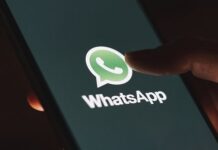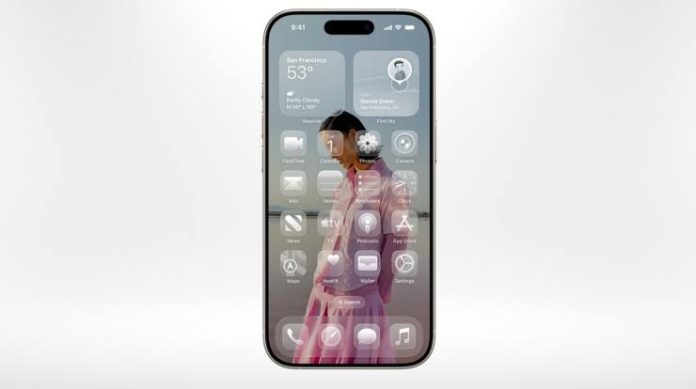Apple has unveiled a sweeping visual overhaul called “Liquid Glass” at its WWDC 2025 keynote, bringing a sleek, translucent aesthetic across all its platforms. The Apple Liquid Glass design redefines the look and feel of iOS, iPadOS, macOS, watchOS, and tvOS—offering a reflective, fluid interface that echoes the design language of Apple’s futuristic Vision Pro headset.
A Unified, Glass-Like Experience Across Apple Devices
Introduced by Alan Dye, Apple’s Vice President of Design, Liquid Glass represents the most significant visual evolution since iOS 7 shifted from skeuomorphism to flat design. But this time, Apple isn’t just simplifying; it’s breathing life into the interface. Inspired by spatial computing and the aesthetics of real-world glass, the new design introduces translucent surfaces that refract light, shimmer with motion, and respond dynamically to user interactions.
Everything from the Lock Screen to Control Center now feels tactile and alive. The Lock Screen clock adapts in real time—its glassy San Francisco font morphs its thickness and width based on your wallpaper, while widgets and notifications float atop semi-transparent panels. Even app icons have been reimagined, layered like molten glass and adapting seamlessly to light, dark, or the all-new clear mode.
Deeper Immersion, Greater Clarity
Apple describes Liquid Glass as more than a cosmetic change—it’s a functional rethinking of how users perceive and control their devices. Menus now unfurl from touchpoints, creating a sense of spatial continuity. Contextual lists expand with graceful animation, while the interface subtly tints itself based on your content and surroundings—light during the day, rich and deep at night.
Streaming on Apple Music becomes a mini-spectacle: new player controls crafted with Liquid Glass respond to touch with vibrant artist-created animations. Safari’s tab bar and FaceTime’s controls also get the same polished treatment, creating a cohesive design system that feels like interacting with intelligent glass.
What’s more, Apple is empowering developers to tap into this design language. With enhanced SwiftUI, UIKit, and AppKit tools, they can now incorporate Liquid Glass materials and effects into their own apps, ensuring a consistent, immersive experience throughout the ecosystem.
A Glimpse Into Apple’s Spatial Future
While this may appear to be a design refresh on the surface, the implications are far more visionary. By aligning the UI aesthetics across its platforms—and borrowing heavily from the Vision Pro’s immersive environment—Apple seems to be laying the groundwork for a future that could include AR glasses and spatial interfaces beyond the screen.
From subtle glassy refractions to interface behaviors that mimic physics, Liquid Glass is not just a facelift—it’s a signal. Apple is pointing us toward a future where digital elements and real-world perception blend smoothly.
Read more: Apple to Reportedly Launch Low Cost 5G iPhone in March


























